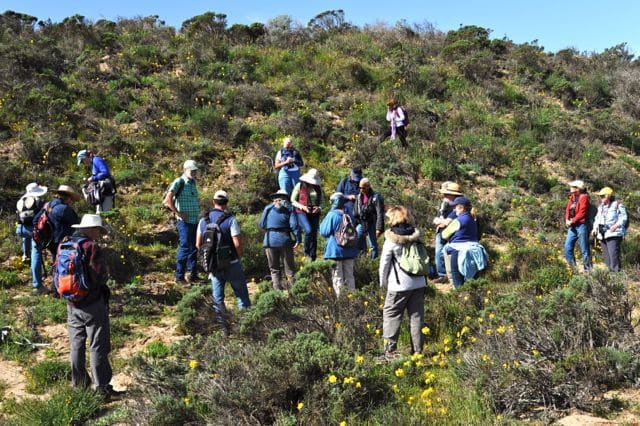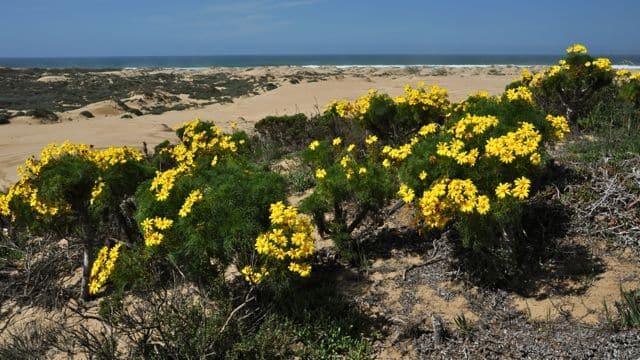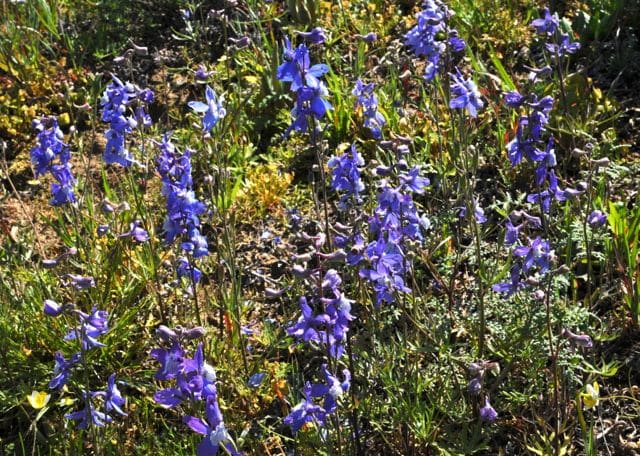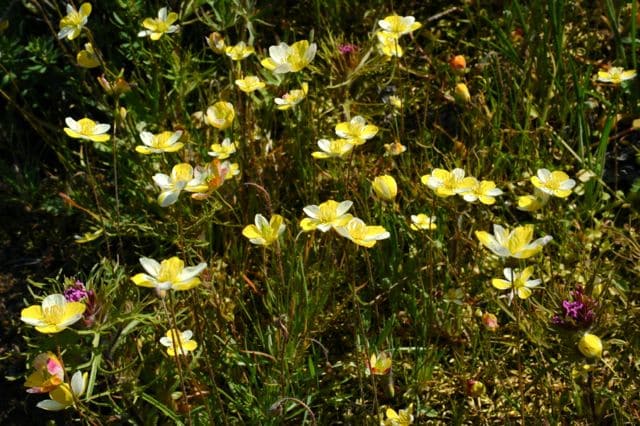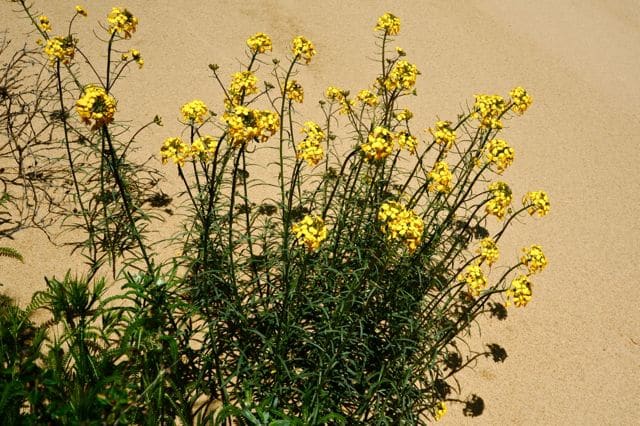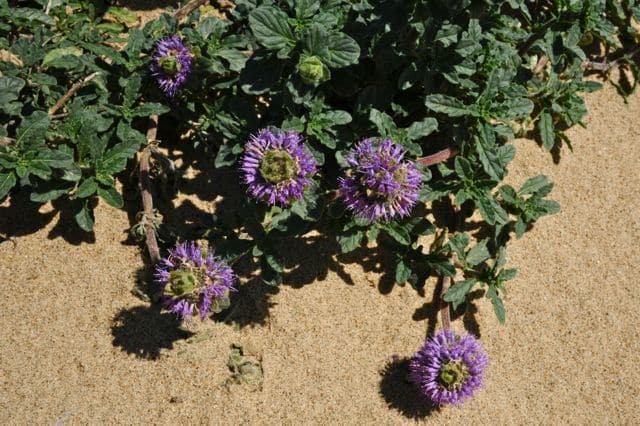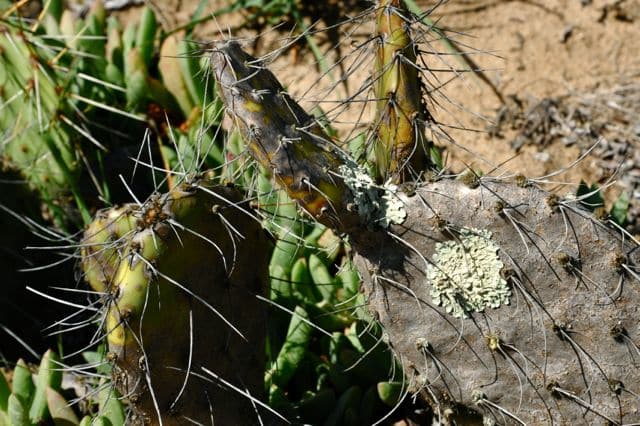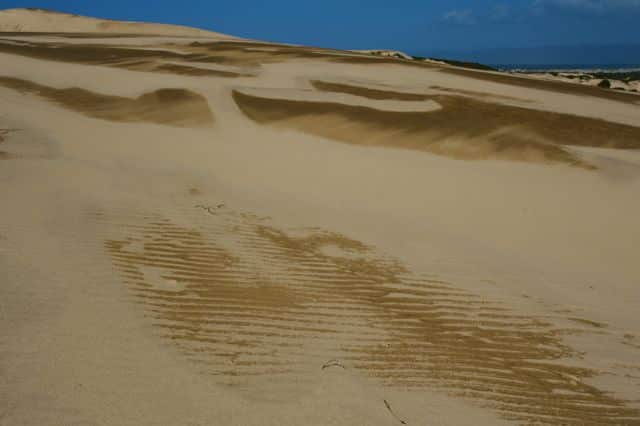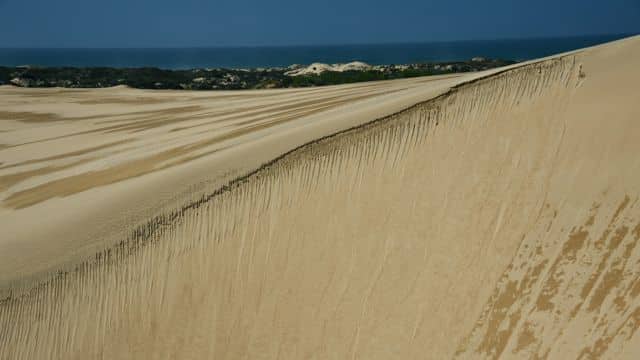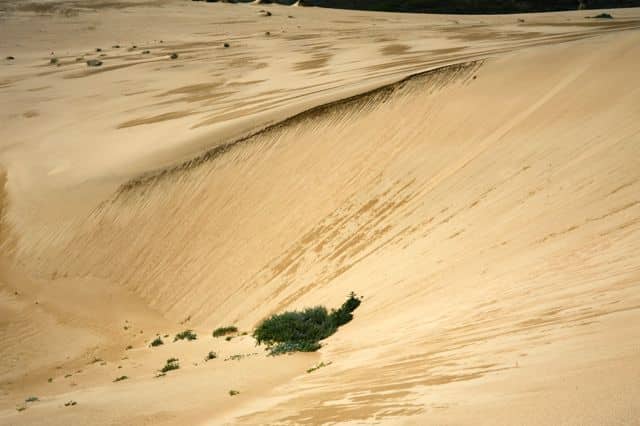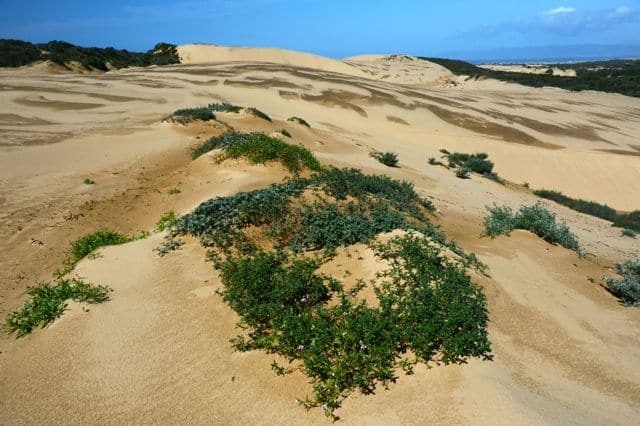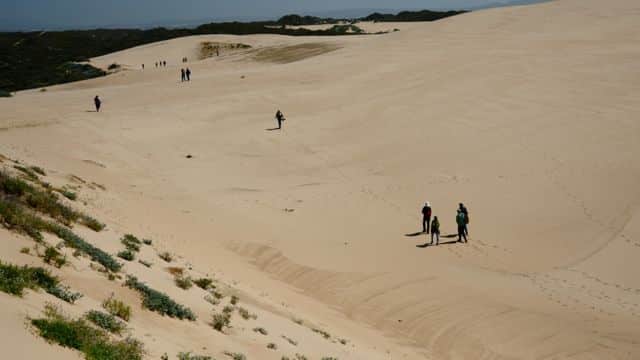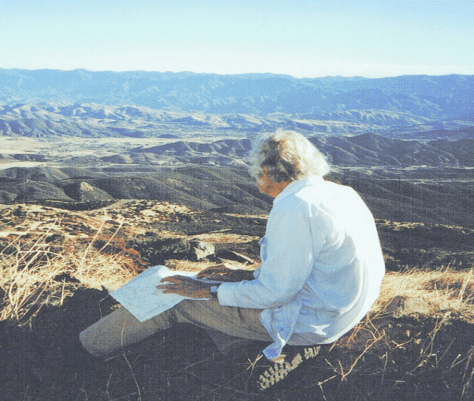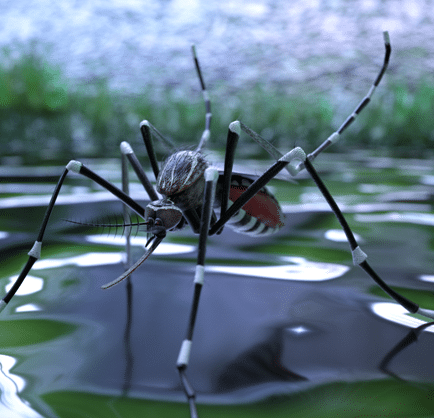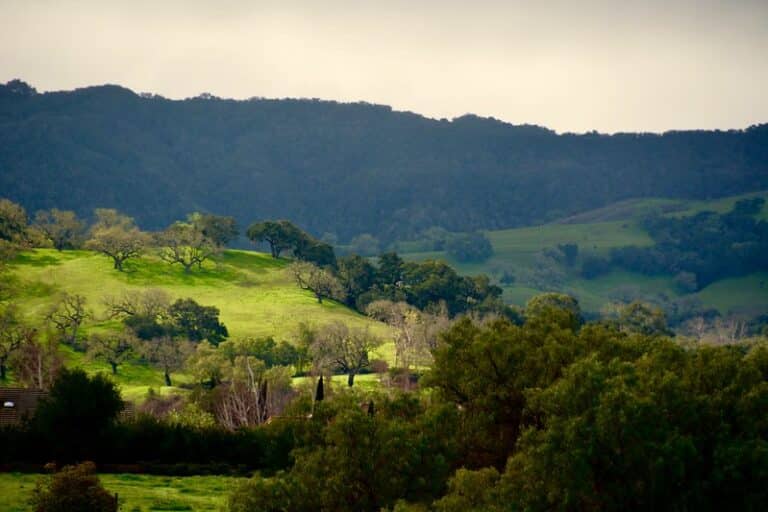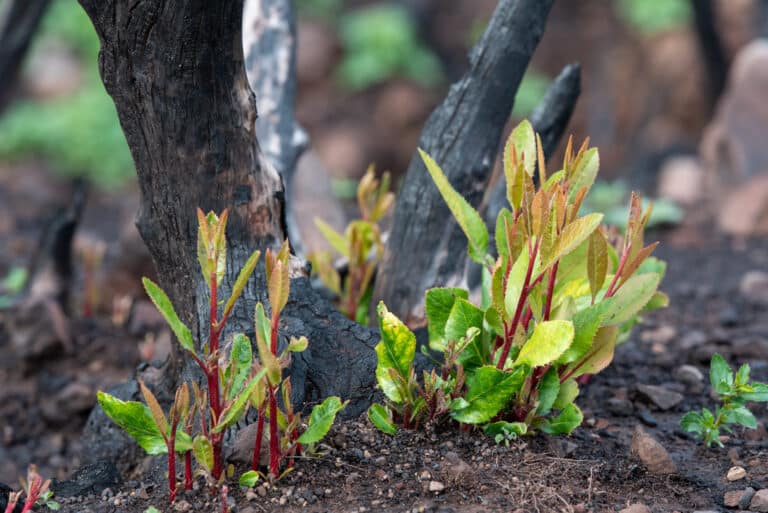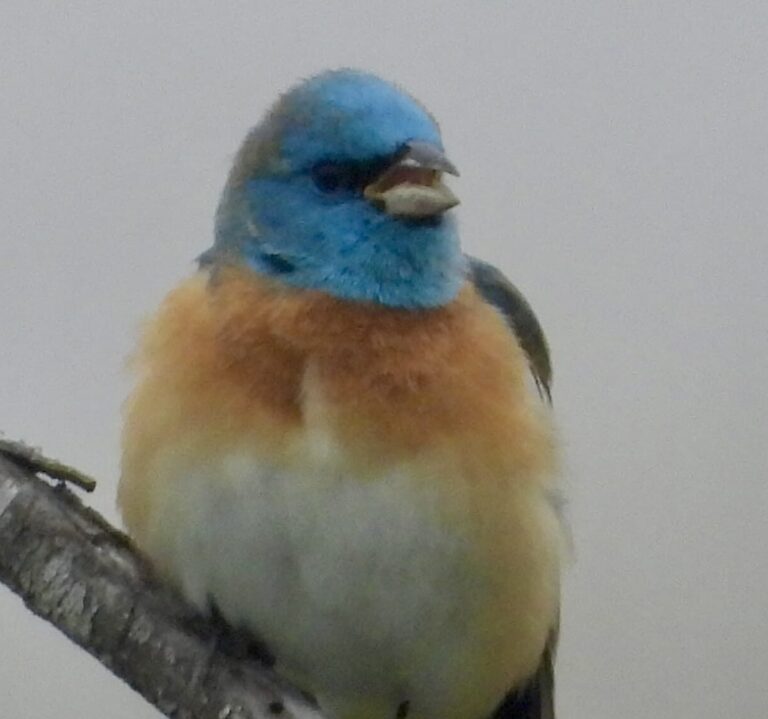Field Trip led by Larry Ballard.
Reported by Larry Ballard and Len Fleckenstein.
Photos and captions by John Evarts.
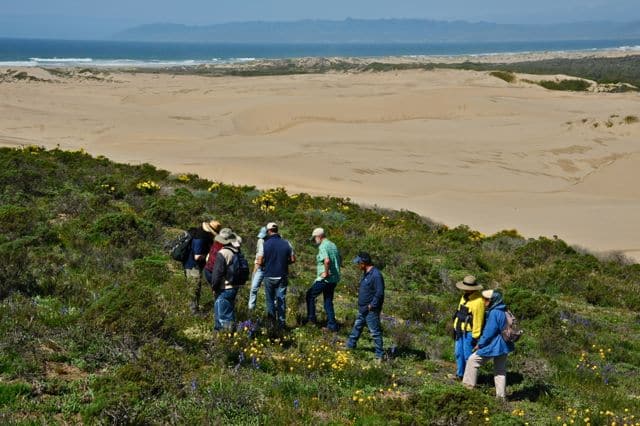
THE DUNES OVERVIEW by Larry Ballard
The Guadalupe dune sheet extends from Oso Flaco south to the Santa Maria River. It lies entirely on the Santa Maria River floodplain and represents two aeolian (wind-blown) Holocene dune-building episodes. The active dunes date from the present-day to about 2,000 years ago. The stabilized dunes date from 2,000 to 6,000 years ago. Larger aeolian dune sheets known as the Orcutt sand extend inland to Burton Mesa and La Purisima Mission. They date from the late Pleistocene about 25,000 to 80,000 years ago or likely even earlier. Some of this sand has likely been reworked by river and streams along its eastern boundary. Farthest inland is the Careaga sand. It’s not an aeolian sand but a marine sand, the remnants of a shallow sea dating from the Pliocene about 3 to 4 million years ago.
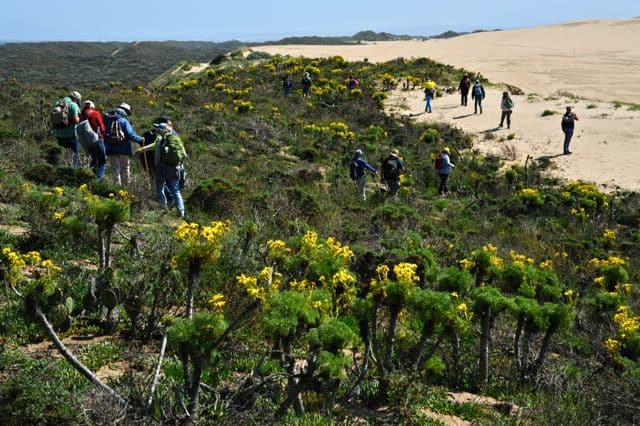
TRIP SUMMARY by Len Fleckenstein
Larry Ballard led this outstanding botany-focused hike in the unique setting of the Guadalupe-Nipomo Dunes National Wildlife Refuge. The coastal dunes refuge is at the western end of the Santa Maria River basin, north of the river’s mouth and about a mile south of Oso Flaco Lake in southern-most San Luis Obispo County. The dunes were at their seasonal floral peak after recent wet weather. The previous day’s rainfall provided easier footing on the sandy surfaces, although steep dune slopes posed challenges — and some fun. We started the hike from the farmland flats at the Beigle Road entrance (with special permission needed to cross through this private property) and soon entered the Refuge’s older, stabilized and heavily vegetated dunes. Then we hiked on to the younger, unstable and less-vegetated dunes dating from the more recent Holocene period. After about one mile, the group reached its target site, Coreopsis Hill, in view of the ocean and the most active dunes closest to the shore. We stopped for a lunch break amid wildflowers before heading back. It was notable that we saw a Sonoran Blue butterfly, a species that has not been reported from in this dune habitat according to Larry.
